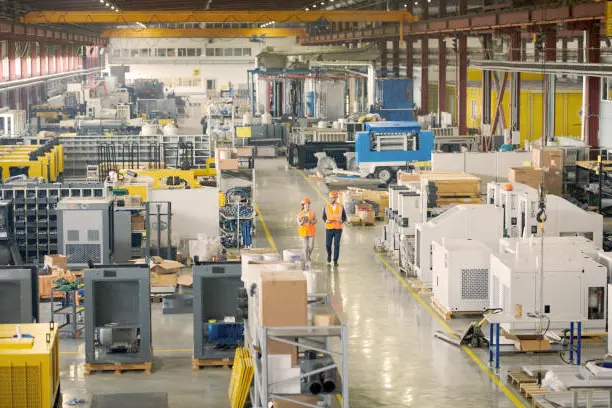
The Future of Transportation: Automation and Sustainable Mobility
- Admin
The transportation industry is at the brink of a revolution, driven by advancements in automation and a growing focus on sustainability. This article explores the future of transportation, examining how automation and sustainable mobility solutions are reshaping the way we travel and commute.
Automation in Transportation:
Autonomous Vehicles: Self-driving cars and autonomous vehicles are poised to transform personal and public transportation. These vehicles use advanced sensors, AI algorithms, and connectivity technologies to navigate roads safely and efficiently, reducing accidents and congestion while enhancing mobility for all.
Smart Infrastructure: Automation extends beyond vehicles to encompass smart infrastructure solutions such as intelligent traffic management systems, connected roads, and vehicle-to-infrastructure communication networks. These technologies optimize traffic flow, reduce travel times, and improve overall transportation efficiency.
On-Demand Mobility Services: On-demand mobility services, including ride-hailing platforms and micro-mobility solutions, leverage automation to provide convenient and sustainable transportation options. These services offer flexibility, affordability, and environmental benefits, promoting the shift towards shared and electric modes of transportation.
Sustainable Mobility Solutions:
Electric Vehicles (EVs): The widespread adoption of electric vehicles is a key component of sustainable transportation. EVs produce zero tailpipe emissions, reducing air pollution and greenhouse gas emissions associated with traditional combustion engines. With advancements in battery technology and charging infrastructure, EVs are becoming more accessible and practical for consumers worldwide.
Public Transit and Active Transportation: Investing in public transit infrastructure and promoting active transportation modes such as walking and cycling are essential for building sustainable urban mobility systems. Public transit offers efficient, affordable, and equitable transportation options, while active transportation promotes physical activity, reduces congestion, and improves air quality.
Benefits of Automation and Sustainable Mobility:
Reduced Environmental Impact: Automation and sustainable mobility solutions contribute to reducing the environmental impact of transportation, including greenhouse gas emissions, air pollution, and noise pollution. By transitioning to electric vehicles and promoting shared mobility options, cities can improve air quality and public health while mitigating climate change.
Enhanced Safety and Efficiency: Automation technologies improve safety and efficiency on roads by reducing human error, minimizing traffic congestion, and optimizing transportation systems. Self-driving vehicles have the potential to significantly reduce traffic accidents and fatalities, making transportation safer for all road users.
Challenges and Considerations:
Regulatory Frameworks: Developing regulatory frameworks and safety standards for autonomous vehicles and emerging mobility technologies is essential to ensure their safe and responsible deployment. Governments need to collaborate with industry stakeholders to address legal, ethical, and liability issues associated with automation in transportation.
Infrastructure Investments: Investing in infrastructure upgrades and deploying charging stations for electric vehicles are critical for supporting the transition to sustainable mobility. Governments and private sector partners must collaborate to fund and implement infrastructure projects that facilitate the adoption of electric vehicles and support alternative transportation modes.
Conclusion:
The future of transportation is characterized by automation, sustainability, and innovation. By embracing automation technologies and promoting sustainable mobility solutions, cities and communities can create more efficient, equitable, and environmentally friendly transportation systems for the benefit of all. With careful planning, collaboration, and investment, we can pave the way towards a cleaner, safer, and more accessible transportation future.
